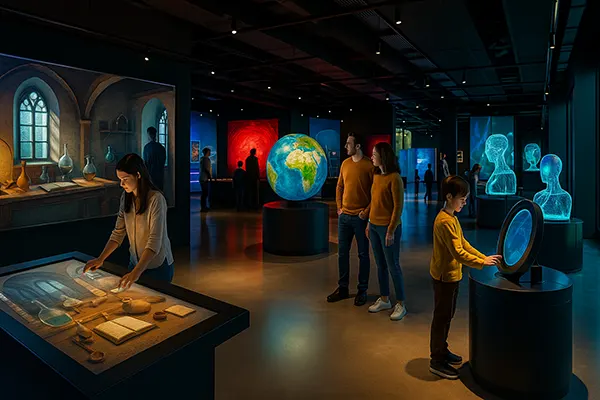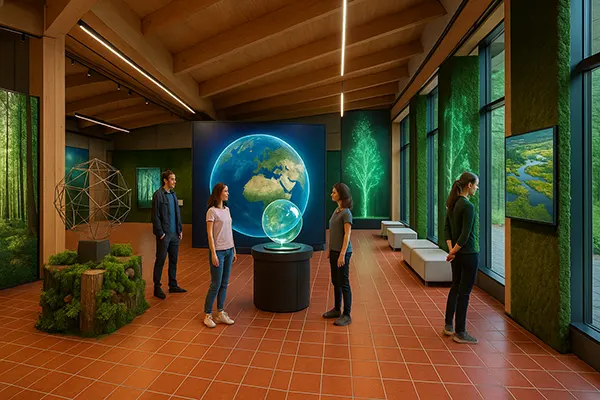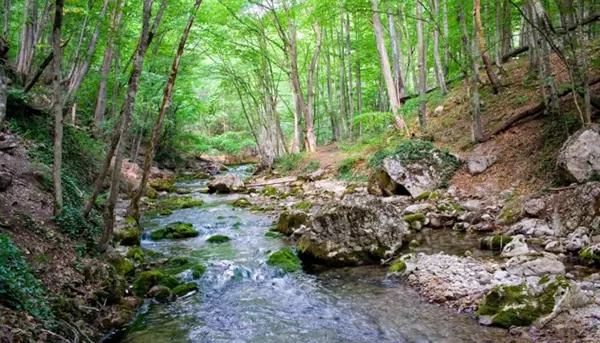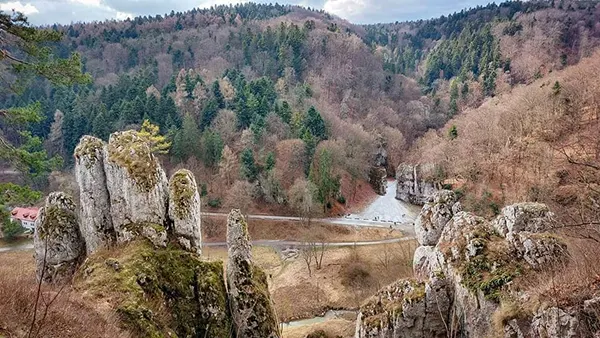
The Most Fascinating Modern Museums in Poland Opened After 2022
Poland’s cultural scene has witnessed a fresh wave of innovation, particularly within its museum sector. Since 2022, numerous new institutions have emerged, and several existing ones have been reimagined through interactive technologies and sustainable concepts. These museums reflect a shift in how historical narratives, art, and identity are conveyed to modern audiences, enhancing both educational value and visitor engagement.
New Era for Historical Interpretation
The Jagiellonian University Museum in Kraków, traditionally a hub of academic history, underwent a complete transformation in 2023. This renaissance saw the addition of interactive exhibitions, touch-screen timelines, augmented reality reconstructions of ancient laboratories, and gamified educational pathways for students and tourists alike. The aim is to make centuries-old academic achievements accessible to modern learners.
In addition, the museum has incorporated an immersive multimedia room that simulates historic academic debates from the 14th to 18th centuries. These reenactments are developed using historical records and are designed to both entertain and educate, fostering a deep appreciation for intellectual traditions.
This transformation is emblematic of a larger trend in Poland’s academic institutions — turning static exhibits into dynamic learning spaces that appeal to both younger audiences and international visitors looking for more than traditional displays.
Blending Technology with Tradition
To align with contemporary expectations, the museum’s designers employed advanced museography, using LED projection systems, 3D interactive models, and VR-compatible booths. Visitors can now visualise how medieval instruments worked or experience the evolution of astronomy through motion-sensing installations.
This interactive approach redefines how historical content is delivered, fostering deeper comprehension and longer-lasting memories. It also allows the institution to adapt to evolving educational standards while attracting tech-savvy generations.
Importantly, this redesign doesn’t overshadow the artefacts but rather enhances their context, allowing for multi-layered storytelling that respects both authenticity and innovation.
The Rise of Thematic and Niche Museums
One of the most anticipated cultural projects in Poland, the Polish Fashion Museum in Łódź, officially opened its doors in mid-2023. It marks the country’s first museum dedicated solely to the evolution and influence of Polish fashion — from aristocratic tailoring of the 18th century to post-communist avant-garde styles of the 2000s.
The museum’s strength lies in its commitment to interactivity and sensory engagement. With rotating exhibits of garments, augmented mirrors that digitally dress visitors in historical outfits, and soundscapes mimicking vintage fashion shows, it crafts a multi-sensory experience that links heritage with creativity.
This institution has quickly established itself as a symbol of how niche cultural themes can gain traction through immersive storytelling, catering to fashion students, historians, and casual visitors alike.
Beyond the Catwalk: Cultural Identity in Fabric
More than just clothing, the museum uses garments as social commentary. Temporary exhibitions focus on regional styles, textile production under state socialism, and feminist movements in fashion — offering insight into Poland’s evolving cultural and political landscape.
Workshops and design labs allow visitors to explore sustainable textile innovation and the craft of tailoring, thereby integrating education, preservation, and future-focused design.
Through such initiatives, the Polish Fashion Museum champions the role of fashion as a cultural document, rather than mere aesthetics, encouraging dialogue about identity and industry transformation.

Digital and Eco-Museums for a Greener Tomorrow
Eco-conscious design and digital innovation have become central themes in Poland’s newest museum spaces. A notable example is the Vistula Eco-Cultural Centre, opened in 2024 near Warsaw. This hybrid institution combines ecological education with immersive art installations, targeting issues like climate change, river biodiversity, and sustainable urban planning.
Equipped with holographic projectors, kinetic sculptures powered by solar panels, and real-time air quality visualisers, this museum reimagines how environmental awareness can be woven into cultural experiences. It caters to school programmes, environmental scientists, and art lovers alike.
These new eco-museums not only demonstrate environmental commitment but also signal a broader cultural movement in Poland towards sustainable development and civic responsibility.
Immersion through Virtual and Mixed Reality
Digital exhibitions have also gained ground, especially in cities like Gdańsk and Poznań, where pop-up VR galleries now allow visitors to explore simulated ancient cities, endangered habitats, or reconstructed war-time archives. These setups are both mobile and modular, making them highly adaptable for schools, conferences, and temporary installations.
One standout is the Virtual Museum of the Polish Diaspora, launched in 2024, which allows global visitors to trace ancestral migration paths via interactive world maps and archived correspondence, reconstructed in 3D environments.
As such institutions gain popularity, Poland cements its place on the map of modern museology, promoting interconnectivity, empathy, and critical thinking in the digital age.
Popular articles
-
 Moszna Castle: A Fairytale Landmark of Lower Silesia
Moszna Castle: A Fairytale Landmark of Lower SilesiaMoszna Castle stands as one of the most recognisable historical …
-
 Roztocze — the Green Pearl of Eastern Poland
Roztocze — the Green Pearl of Eastern PolandRoztocze, a scenic region stretching across the Lublin Voivodeship in …
-
 Kraków Valleys — Picturesque Gorges, Rocks and Walking Trails near Kraków
Kraków Valleys — Picturesque Gorges, Rocks and Walking Trails near KrakówThe Kraków Valleys, known in Polish as Dolinki Krakowskie, are …
